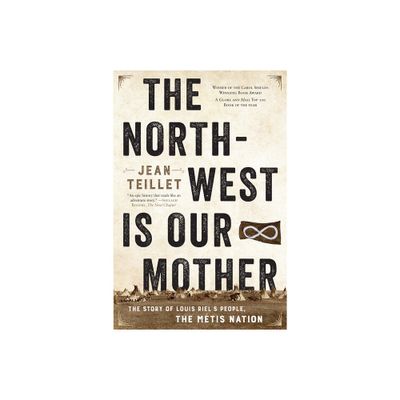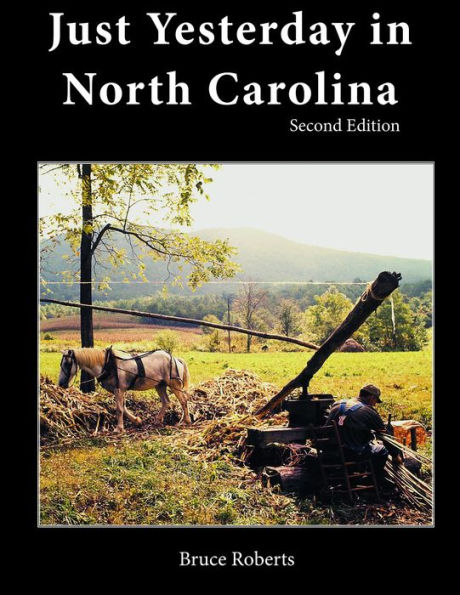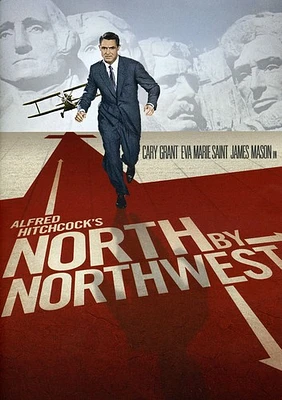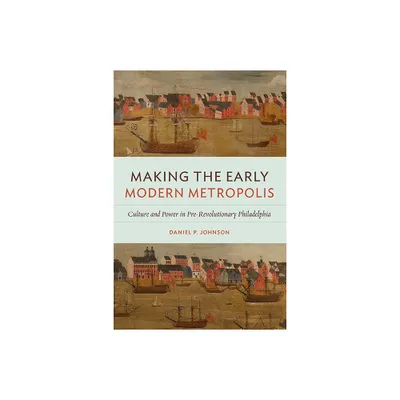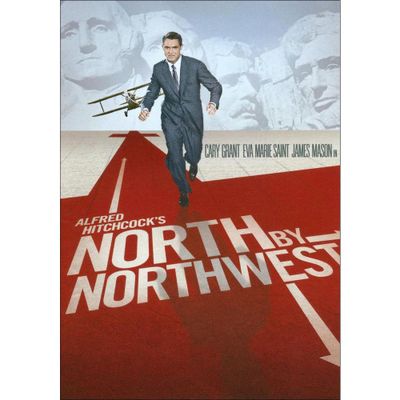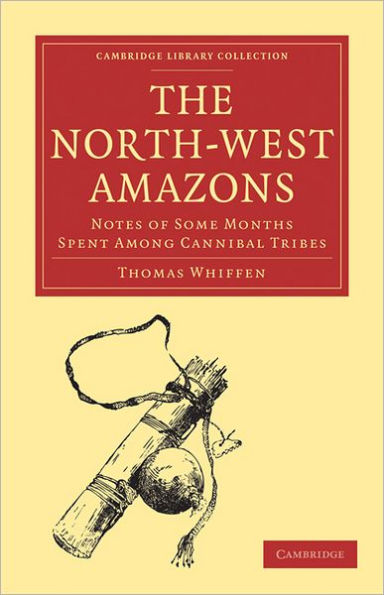Home
the Making of Place and People Danish Metropolis: A Sociohistory Copenhagen North West
Loading Inventory...
Barnes and Noble
the Making of Place and People Danish Metropolis: A Sociohistory Copenhagen North West
Current price: $180.00
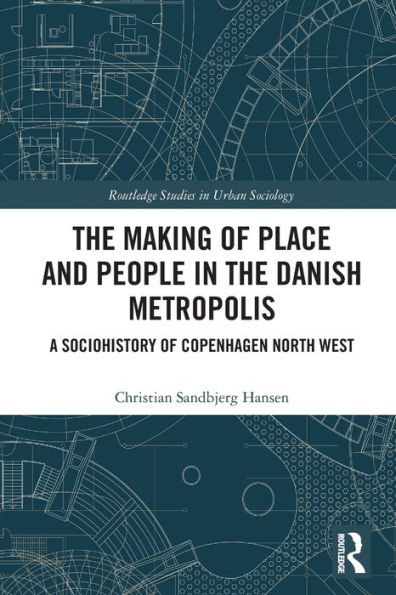

Barnes and Noble
the Making of Place and People Danish Metropolis: A Sociohistory Copenhagen North West
Current price: $180.00
Loading Inventory...
Size: Hardcover
*Product Information may vary - to confirm product availability, pricing, and additional information please contact Barnes and Noble
This book investigates the sociohistorical making of place and people in Copenhagen from around 1900 to the present day. Drawing inspiration from Pierre Bourdieu’s sociology of social space and symbolic power, and from Loïc Wacquant’s hypothesis of advanced marginality and territorial stigmatisation, the book explores the genesis and development of the notorious neighbourhood of Copenhagen North West. As an extraordinary place, the North West provides an illustrative case of Danish welfare and urban history that questions the epitome on inclusive Copenhagen. Through detailed empirical analysis, the book spotlights three angles and entanglements of the social history of this area of Copenhagen: the production of socio-spatial constructions and authoritative categorisations of the neighbourhood, especially by the state and the media; the local social pedagogical interventions and symbolic boundary drawings by welfare agencies in the neighbourhood; and the residents’ subjective experiences of place, social divisions and (dis)honour. In this way,
The Making of Place and People in the Danish Metropolis
analyses how social, symbolical, and spatial structures dynamically intertwine and contribute to the fashioning of divisions of inequality and marginality in the city over the course of some 125 years. It will appeal to scholars of sociology, urban studies, and urban history, with interests in social welfare.
The Making of Place and People in the Danish Metropolis
analyses how social, symbolical, and spatial structures dynamically intertwine and contribute to the fashioning of divisions of inequality and marginality in the city over the course of some 125 years. It will appeal to scholars of sociology, urban studies, and urban history, with interests in social welfare.
